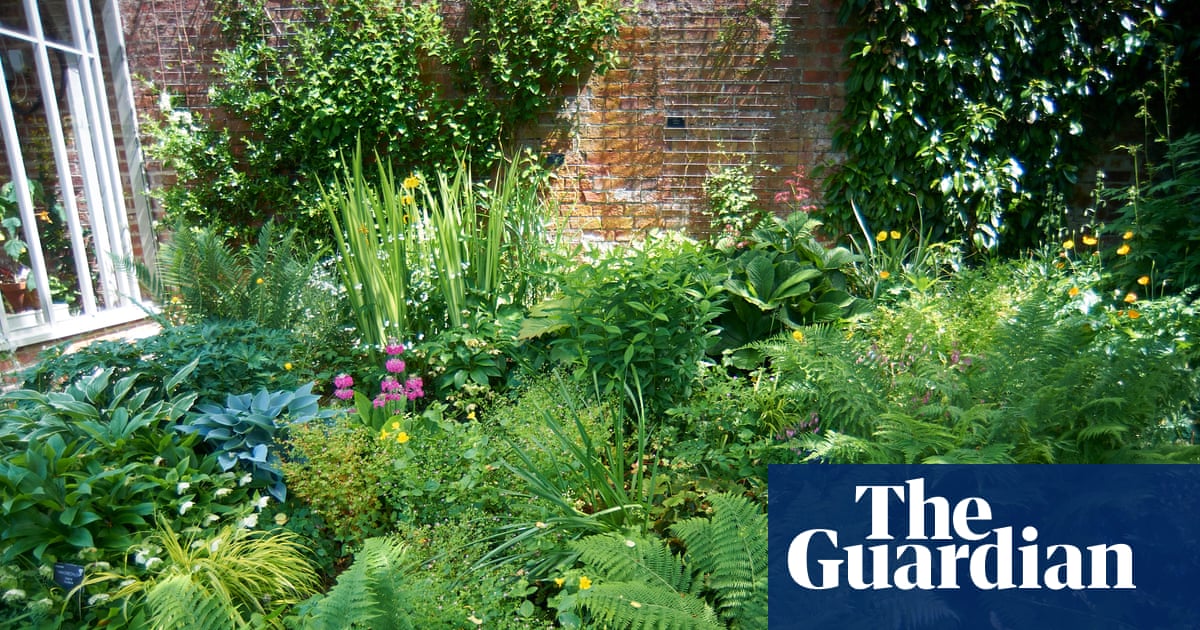I’m at the point in my 30s when everyone seems to be moving house – or at least trying to. I’m among them; sometimes I dream in floor plans. But one thing that persists among all the conversations about postcodes, rail connections and side returns is the subject of north-facing gardens: a horticultural bogeyman even among those who profess not to know about gardening.
It’s funny that north-facing gardens have such a bad rep. There’s a sense that to live with one is to cloak yourself gothically in shade and misery, which isn’t true. And as we approach May, there’s rarely a better time to scrutinise your garden for how and where the light and shadows fall.
Mine is north-facing – and shallow, in the sense that it is twice as wide as it is long. Like many gardens in London, it is also flanked by tall Victorian houses, and I built a garden studio against the back wall, which blocked a chunk of what precious evening sun we used to get. In short, facing north is the least of its worries – which is likely the case for most urban gardens and balconies: you are nearly always going to be overlooked, and therefore in shade, from something.
For those lucky enough not be in the shadow of another building, the big issue seems to be the part of the garden right next to the back of the house – where people tend to sit and eat outside (you may think you’ll schlep to the far end of the garden for a sunkissed dinner, but you won’t – it’s too annoying to run back for ketchup or forks or a jug of water).
East-facing gardens benefit from sunny breakfasts and lunchtimes, west-facing ones lunchtimes and evenings, and south-facing ones all day. But, as you’ll know from trying to get an alfresco table during a busy lunch serving, nobody really wants to eat in the full glare of the sun. North-facing gardens just provide sunshine for breakfasts, which to me seems like a charming way to start the day.
Finally, the planting. Having gardened on a woodland balcony and in this garden, with all its aforementioned shade, I’m a ride-or-die shade planting gal. Leafy, textural, woodland-inspired planting is my jam. I can appreciate a dry, sun-drenched garden (for inspiration, check outBeth Chatto’s former car park), but I’d take a fern over a lavender any day.
Deploy the right plants (ones that prefer shade, or certainly don’t need six hours or more of full sunlight a day) and you can be awash in a lush, low-maintenance oasis. You can make more sun-demanding plants work for you, too, if you capture the right pockets of light in your plot; I grow roses and cut-flower annuals here every year. So there’s no need to give up on a garden just because of the needle on your compass.
